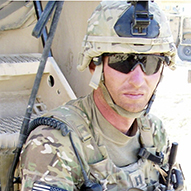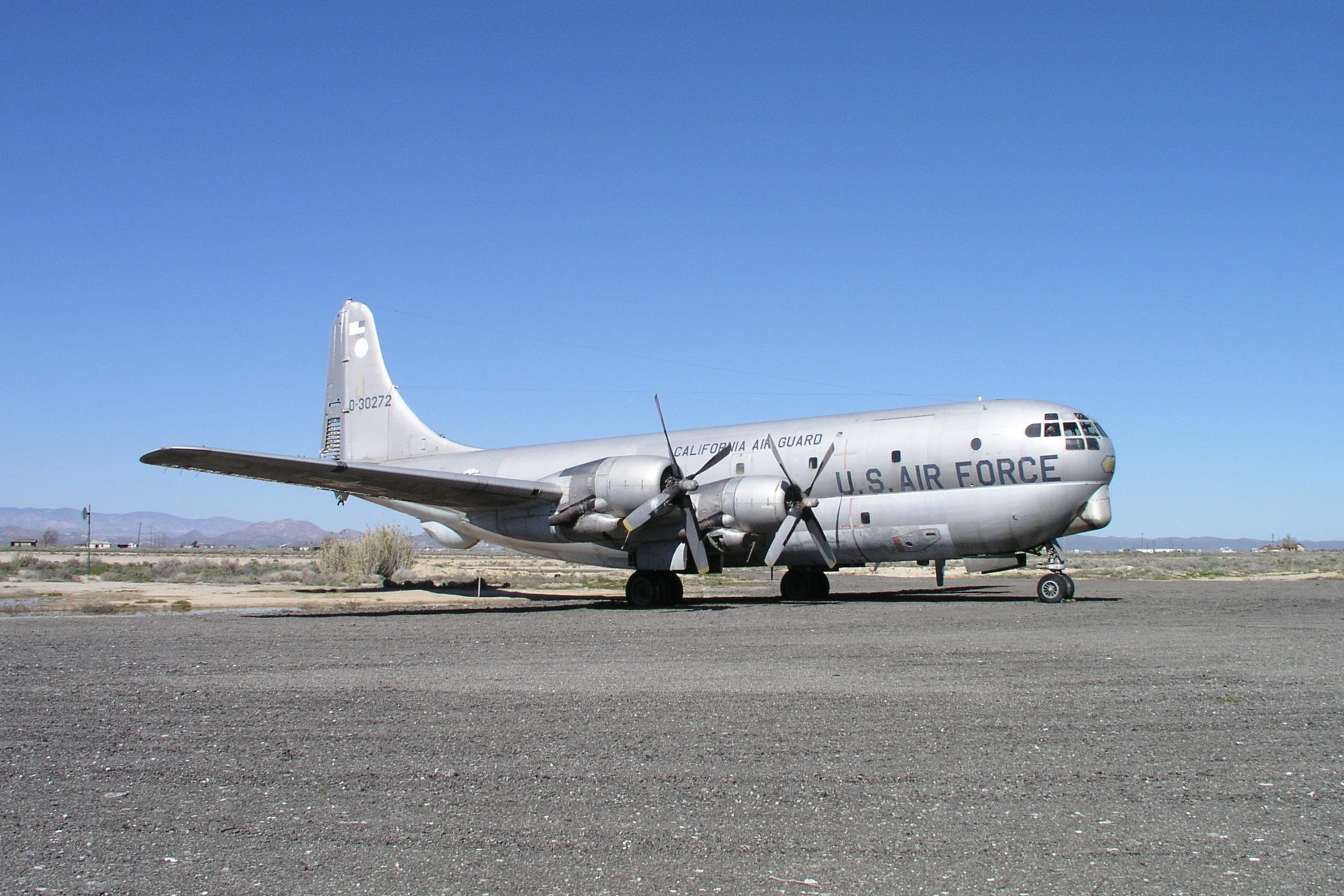November 9 in U.S. military history
1822: During an anti-piracy cruise in the Caribbean, the brig USS Alligator – the third of four so-named U.S. warships – intercepts a flotilla of American ships captured by pirates near Cuba. Lt. William H. Allen, Alligator‘s commanding officer, is mortally wounded when he and his sailors board the heavily-armed schooner Revenge, but his crew retakes all but one of the eight ships.
1906: Theodore Roosevelt boards the battleship USS Louisiana (BB-19) and heads south to inspect construction on the Panama Canal – marking the first foreign trip by a sitting U.S. president.
1942: U.S. troops advance on Oran, capturing 2,000 French soldiers after some hard fighting. Off the coast, Allied warships sink three French destroyers. Meanwhile to the east, German paratroopers land in Tunisia. And to the west, Maj. Gen. George Patton’s soldiers fight to secure the beachhead at Casablanca.
1944: Boeing’s new long distance transport prototype makes its first flight. The new cargo plane is essentially a B-29 Superfortress heavy bomber, but with a significantly larger fuselage. The Stratofreighter enters service in 1947, participating in the Berlin Airlift, Korean War, and the Vietnam War. Most of the nearly 900 airframes are KC-97 aerial refuelers, but Strategic Air Command puts a few platforms into service as aerial command posts, while other C-97s serve with Aerospace Rescue and Recovery squadrons.
1950: As Task Force 77 aircraft make their attack on the Yalu River bridges connecting Korea and China, Lt. Cmdr. William T. Amen engages a Soviet jet formation attempting to intercept the Americans and shoots down a MiG-15 with his F9F-2B “Panther”. Amen, the commanding officer of Fighter Squadron 111 (VF-111), becomes the first pilot to score a jet-on-jet kill (confirmed by both combatants) in aviation history.
That same day over Sinuiju, North Korea, RB-50 Superfortress tail gunner Cpl. Harry J. LaVene becomes the first aerial gunner to shoot down a MiG-15.
2001: During the Battle of Mazar-e-Sharif U.S. Army and Air Force special operations forces ride into combat on horseback – the first cavalry charge by the United States military since 1943. Hundreds of Taliban and al Qaeda fighters are killed during the battle and another 1,500 are captured or defect. Although war planners figured it would take months to capture the strategic city and its airfield, the Taliban withdraw the following day.

Today’s post is in honor of Capt. James D. Nehl, who was killed by enemy small-arms fire on this day in 2012 during a patrol in Afghanistan’s Ghazni province. Nehl was a company commander in 2nd Battalion, 16th Infantry Regiment, 4th Brigade Combat Team, 1st Infantry Division and had served as an enlisted soldier in the 75th Ranger Regiment before earning his commission.
